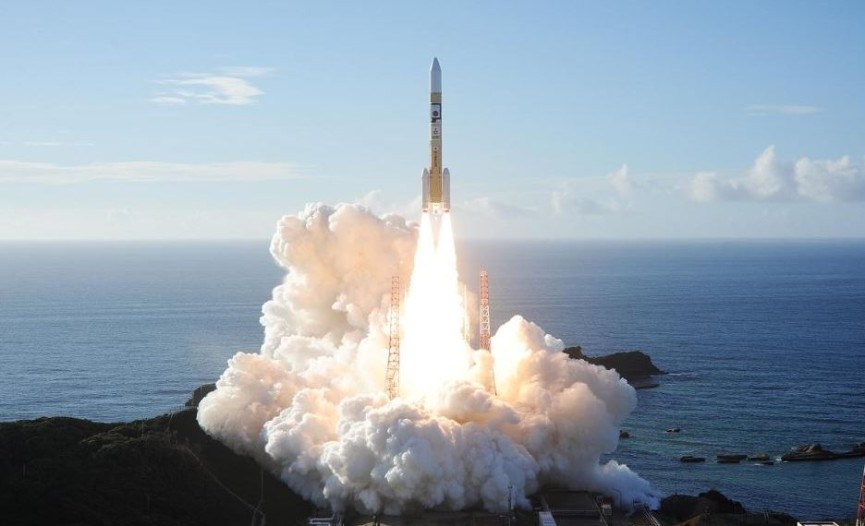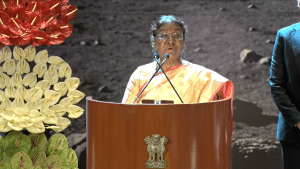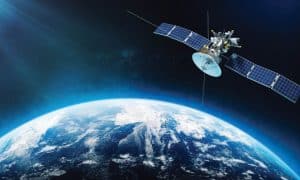Middle East’s space sector landscape is transitioning to potentially one of the most vibrant worldwide. A report launched by Euroconsult with the backing of the Ministry of Transport, Communications, and Information Technology, Sultanate of Oman sheds light on the burgeoning space sector in the region.
Since 2015, seven countries in the Middle East have unveiled either a national space policy or strategy. This development is a testament to the newfound trust and greater involvement of the space sector in affecting the everyday lives of the masses.
Moreover, the region accounted for 4.9% of the world space economy in 2023 and is aiming to grow into a space hub and capture 7.5% of the global space market by 2030.
The region is also witnessing an outpour of entrepreneurs and startups, which are raising funds at an exponential rate. In 2021, a total of $17.5 billion was raised in the space domain setting a regional record, the report says.
“This new momentum is reflected in the Middle East’s booming space economy, which has tripled over the past decade to an estimated value of $25 billion in 2023, and is set to continue growing over the next decade to reach $75 billion by 2032, thanks to the sustained growth of government investment and the dynamics of downstream space applications and services,” the report states.
More than Meets the Eye
To develop space capacity is to not only go on spacefaring adventures but to diversify the economy and develop soft power through space exploration as well.
As the Middle Eastern nations look to spread their economies, the space sector comes as a natural, given its importance in defense and security, diplomacy, and economic growth. To attain this goal and diminish reliance on foreign stakeholders, local authorities have progressively emphasized the development of indigenous assets and capacity building.
“With space now acknowledged as a distinct operational domain in a contested geopolitical environment, governments in the region are actively advancing the development of space-based security assets to safeguard their interests,” the report says.
The various governments in the Middle East have also ramped up their funding to the space sector in the region. In 2010, when the sector was in a nascent stage, the governments poured in $696 million in space programs. Currently, the amount has doubled and stands at $1.4 billion. According to the report, this figure is going to expand to $2.7 billion by 2032, marking a considerable jump.
These investments will be provided by the sovereign funds of each nation, who are continuously partnering up with other nations and corporations to aid the sector. Some prominent recent instances of funding include the collaboration between Saudi Telecom Company and PIF to establish IoT Squared, a technology firm specializing in the Internet of Things (IoT), and OIA’s acquisition of an equity stake in SpaceX.
Political Drivers
Unsurprisingly, the market continues to be driven by governments, reflecting the weight of public authorities in shaping market trends, and national commitments to the development of independent space capabilities.
“This view is largely confirmed by local industry players, who see political considerations continuing to dominate the market in the years ahead. Indeed, the weight of governments on the “core” upstream space market (manufacturing, launch and ground segment) is set to increase over the next decade, representing 71% versus 64% over the last decade,” the report states.
Talking about collaboration, the EO sector witnessed over 20 MoUs and other agreements in 2023 alone, signed between local players and international companies seeking to support the development of advanced solutions and applications.
However, agreements are becoming increasingly complex, involving sometimes massive investments such as China’s recent announcement to invest around $250 million in the development of a satellite manufacturing plant in Saudi Arabia.
Key Challenges
The report categorically pinpoints capacity building and skilled labor as one of the prime hindrances (if not the prime hindrance) to catapulting the region’s space sector.
“Training programs developed in cooperation between industry and government are needed to upgrade the skills of the existing workforce and train students and young professionals. In addition, more targeted degrees are needed at local universities,” the report mentions.
Another challenge lies within the entrepreneurial culture in the region. “The relatively few space startups in the region may validate this concern but the situation is quickly evolving, with numerous programs fostering entrepreneurial spirit through educational institutions, businesses, and events,” the report says.
But to cultivate the startup culture, foremost responsibility falls on the shoulders of governments, who still bear the torch and develop policies for the sector. Ensuring proper infrastructure, funding, and a culture focused on innovation, the respective governments in the region can take the sector to greater heights than visible in the numbers.









